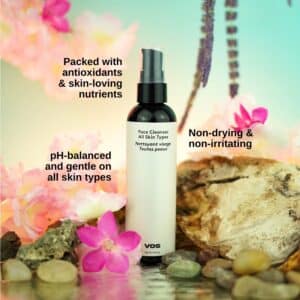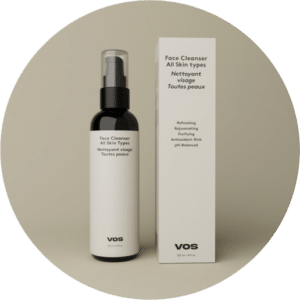Maintaining healthy skin begins with using the right products, and moisturizer is one of the most essential components of any effective skincare routine. This guide will help you understand how to select the most suitable moisturizer based on your skin type, environmental factors, and individual concerns.
Whether you have oily, dry, sensitive, or combination skin, using the wrong moisturizer can lead to imbalance, irritation, or breakouts. Below is the best guide for choosing the right moisturizer for your skin, broken down into simple, practical steps.
Why Moisturizing is Important in a Skincare Routine
What Moisturizer Does for Your Skin
Moisturizers are formulated to hydrate the skin and strengthen its natural barrier. This helps retain moisture, protect against environmental stressors, and prevent dryness or excessive oil production. Applying a moisturizer consistently keeps your skin balanced and resilient.
Benefits of Moisturizing Daily
- Reduces dryness and flakiness
- Helps prevent fine lines and premature aging
- Supports skin healing and barrier repair
- Improves skin texture and tone
- Enhances absorption of other skincare products
Including a suitable moisturizer in your skincare routine is essential for maintaining overall skin health.

How to Choose the Right Moisturizer Based on Your Environment
Environmental conditions play a significant role in your skin’s moisture levels.
Cold or Dry Climates
In colder climates, skin loses moisture more rapidly. Use thicker creams or ointments with occlusive agents to help retain hydration.
Hot and Humid Climates
In hot, humid areas, lightweight, non-greasy formulas such as gels or emulsions prevent excess oil buildup.
Urban and Polluted Environments
Antioxidant-rich moisturizers can help counteract the effects of pollution and free radicals on the skin.
Adjusting your moisturizer based on your surroundings is an effective way to maintain balance in your skincare routine.

Avoiding Common Moisturizer Mistakes
Using the Wrong Product for Your Skin Type
A heavy cream on oily skin or a light gel on dry skin can lead to more problems than benefits. Match the product to your skin’s specific needs.
Applying Moisturizer to Dry Skin
Moisturizer is most effective when applied to damp skin. This helps trap water on the surface and improves absorption.
Using Too Much or Too Little
A pea-sized amount is generally enough for the face. Overusing can clog pores, while underusing may not provide sufficient hydration.
Ignoring Seasonal Changes
What works in summer may not work in winter. Reassess your product needs with seasonal transitions.
When to Change Your Moisturizer
Pay attention to how your skin responds. If you notice any of the following, it may be time to switch:
- New breakouts or clogged pores
- Persistent dryness or tightness
- Increased redness or irritation
- Change in skin texture
It’s also a good idea to reassess your product every six months or when moving to a new environment.
Final Thoughts
Choosing the right moisturizer is essential to maintaining healthy skin. This best guide for choosing the right moisturizer for your skin provides clear direction for understanding your skin type, recognizing ingredient needs, and adapting to environmental factors. When selected carefully, the right moisturizer enhances every step of your skincare routine, helping to achieve balanced, comfortable, and well-nourished skin.
Stay consistent, be observant of how your skin responds, and don’t be afraid to adjust as needed. Your moisturizer should work with your skin—not against it.








